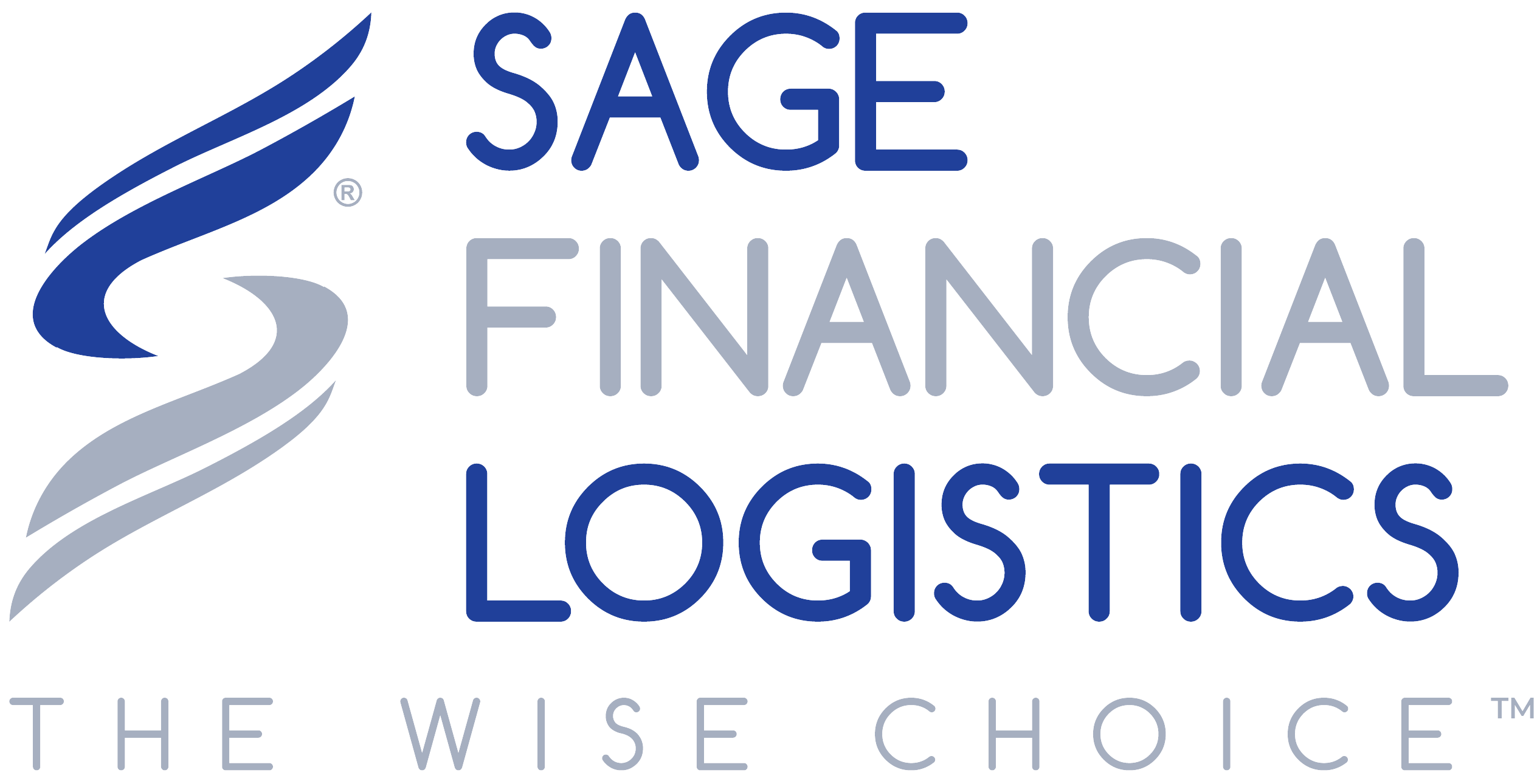Accounting Skeletal Structure
The framework of your accounting’s functionality operates the same as our skeletal structure. It consists of bones, joints, tendons and ligaments. In the accounting world, the skeletal structure is better known as the Chart of Accounts (CofA for short). Don’t worry, I’ll explain.
Bones: Shape, Support & Protection
The Chart of Accounts is considered the hard structure of your database, which has many different parts that work together to allocate and move funds. This shapes your system, supports all of the transactions, maintains historical transactions (I still have a bone bruise from a four-wheeling accident in 2020), and protects your inner-workings by keeping everything in line.
Joints: Movement vs. Non-Movement
There are three types of joints: immovable, partly movable and movable joints. Pretty self-explanatory, accounting transactions are treated in the same manner. In some cases, joints are replaced. Example: A building note versus the asset of the building. The asset is immovable, whereas the building note is partly movable (long-term) and the interest expense (short-term) is movable. When the building is sold, the asset is removed and typically a 1031 Exchange is created replacing the former asset with a new one.
Tendons: Flexibility
If your CofA is limiting or limited, the movement of transactions will reflect the immobility. Creating a simple, efficient chart of accounts maintains appropriate movement, allowing you to get from one place to the next without pulling a hammy!
A great example is when you have a very limited expense General Ledger code list. Not all expenses are created equal and therefore require additional movement to ensure all transactions are moving and reporting properly. A quick example is a replacement of an HVAC system for a single family home needs to be classified as a capital expense, not a HVAC maintenance expense. Incorrect classification of such an expense limits the owner from reporting the capital expense on their tax reports.
Ligaments: Stabilization
Keep in mind when reading the following, my accounting background consists of T-Chart Journal Entries and penciled ledger books. Yah, I’m that ol’ school! In order for cash and non-cash transactions to be reported correctly, accounting functions are done with a two-part entry. Example: when you enter a vendor’s invoice into your database, the accounts payable liability is credited and the expense is debited. When the bill is paid, the accounts payable liability is debited and your cash account is credited. In order for the entry to move, there must be two points to hold the transaction together. This is the ligament structure of your accounting system.
If one side of the entry is missing or dislocated, the skeletal accounting structure will start to look a lot like numerical soup.
Conditions & Disorders
Arthritis, fractures, sprains, tears, bone bruising, and osteoporosis are traumas to the structure of your skeletal system. Sounds like getting beat up by a former bookkeeper. Understanding the integrity and gaining insight that flows through your chart of accounts to the year-end statement determines how well you maintain your fundamental skeletal structure. Were there a lot of salads or hamburgers in the diet? Where do you need to trim the fat (cough-cough too many sub-accounts), did you experience any major falls and how healthy is the system overall?
Personally, I was diagnosed with an autoimmune disease, Rheumatoid Arthritis, at the youthful age of 23 and with that, the impact it has had on my physical, emotional and mental life determines how I live it. I had to come to terms that my skeletal structure does not function as I’d like it to, but I am able to function through conscious, healthy choices in order to live a life I desire. Now that I am over the age of 40 (shhhh don’t tell anyone) I decided to use alternative medications to maintain my skeletal health.
Having the understanding that health issues interfere with standard operations, we have gained more insight to interpret betrayal patterns and can detect when a component is not operating properly. It is a top priority to ensure my clients are pardoned from such experiences through their accounting systems; to maintain the health of all transactions.
This can be translated into your organization. You may have a great, outstanding team, but some parts are not moving as they should and you need external resolutions. The initial diagnosis can be painful, but it only makes the pain worse and causes more damage when the healing is delayed. This may have more than a negative financial impact, as your reputation is on the line. If you’re in a situation where the health of your accounting systems could be in jeopardy, I recommend that you reach out to third-party experts to manage such issues.
Skeletal Structure Health
As I am sure you are aware by now, the backbone of any accounting structure is the Chart of Accounts. Following the guidelines provided by Federal, state and local government agencies; cash, assets, liability, equity, cost of goods, expenses, capital improvements (short & long-term), etc., is essential to your organization as it is fed back to your clients and vendors, and lastly, the Internal Revenue Service.
Everything that transpires during a 12 month period stems from the accuracy of each transaction. It is important to obtain the insight of how your property owner is going to present your accounting transactions to their tax preparer.
The owner is nervous. They are crossing their fingers that all the hard work you did over the past year to not only maintain their asset, but to also maintain accuracy of transactions according to Federal regulations. Can your owner confidently answer the CPA’s questions when presented with the year-end statement you provided? Can you confidently answer your client’s questions?
SFL K.I.S.S. Protocols
I am a professional procrastinator, also known as an efficiency expert. My OCD tends to provide me with a great deal of analytical skills and the idea that I desire everyone to understand the accounting language without explanation. Not always easy in some cases, but this is why I am such a proponent for creating an intuitive chart of accounts. SFL uses the K.I.S.S. Protocol: Keep it Simple & Straightforward. This training and understanding is shared among SFL staff so that we can provide the same experienced skills and services to our clients across the United States.
Understanding that other organizations have created their own methodology and process for Chart of Account creations, it is still basic and required to follow Federal reporting and GAAP standards.
To be income or not to be income, is always the question. Anything a tenant pays is income. Whether it is income to the owner or the manager, it must be classified as income. Yup, even the reimbursement of the cost to repair the disposal for their neglect of tossing a screw in the sink; it’s still income. So, say it with me now, “Anything a tenant pays is considered income.”
And for the Love of God, stop using sub-accounts, mmmkay!
“The true sign of intelligence is not knowledge but imagination.” -Albert Einstein



Comments are closed